Asylum Hill Field School students seize opportunity ‘at a scale rarely seen’
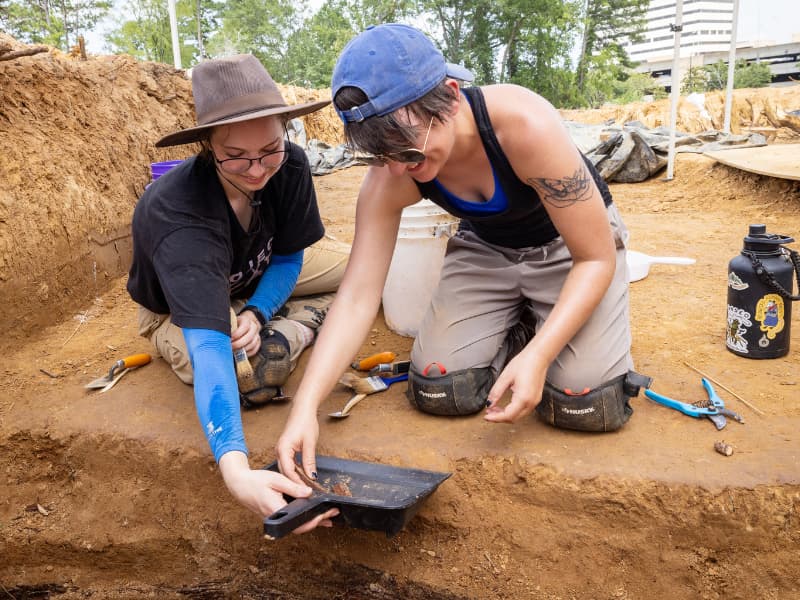
Sometimes the story of a life is written, in part, by nails and buttons, in wood and soil.
That’s one of the lessons brought home to the 20 college students who helped uncover burials during the first-ever Asylum Hill Project Field School, which began July 9 on the University of Mississippi Medical Center campus.
The students, graduates and undergraduates, continued their work through August 5, unearthing the remains of patients who died at the Mississippi State Lunatic Asylum – a vital part of the Asylum Hill Project’s ongoing mission to excavate, study and respectfully memorialize those whose bodies were never claimed.
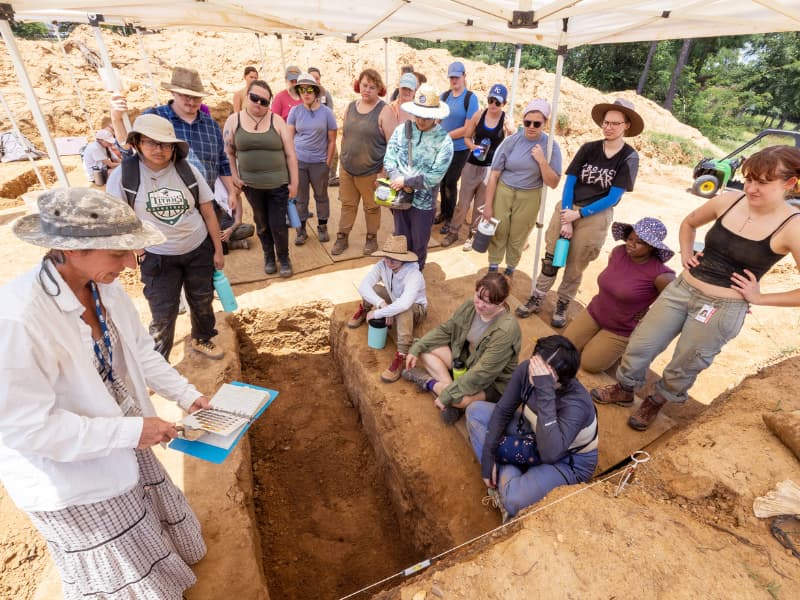
For 80 years, beginning in 1855, the asylum had operated on land that later became part of the UMMC campus, and as many as 7,000 of its patients lie underground, as do 7,000 different stories.
“I wonder who this person was, how they ended up here,” said Mollie Morgan, pondering the history of one of the patients she helped uncover.
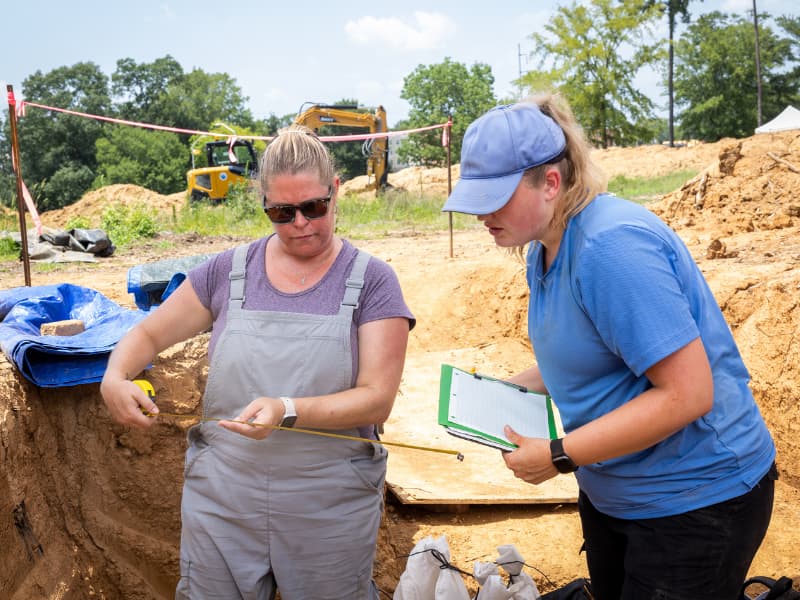
“I do try to think about the person, but not too much. This was someone’s loved one,” said the second-year graduate student from Mississippi State University.
Morgan, an Arkansas native who majored in anthropology at the University of Arkansas, was one of five field school students representing Mississippi institutions. Among the other 15, one came from as far away as Canada.
“Field school experience is practically required for anyone who wants to get a job in the fields of anthropology and archaeology,” said Dr. Jennifer Mack, lead bioarchaeologist for the Asylum Hill Project and an assistant professor in the School of Population Health at UMMC.
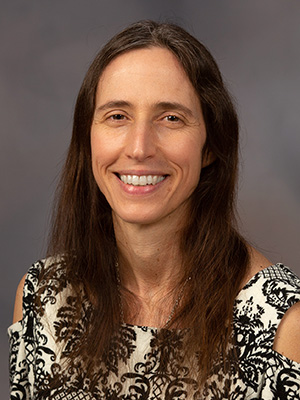
“We’re teaching the next generation of anthropologists and archaeologists how to excavate properly and work with human remains.”
While gaining experience, the students also collected eight hours of semester credit and, accordingly, paid tuition costs to participate through the Center for Field Sciences (CFS), whose official school of record is Culver-Stockton College in Canton, Missouri.
The scope of the Asylum Hill Project has been particularly appealing to these future anthropologists and archaeologists, presenting “a research opportunity at a scale rarely seen in the U.S.,” the CFS website says.
“This experience is something you can’t get from other field schools,” said Morgan who helped trowel off four or five inches of dirt to reveal a coffin lid inside a grave that also held buttons, pins and cloth.
“It’s one of the few opportunities in the U.S. to work with human remains. And being a part of such an ethical dig is amazing.”
The students also learned mapping, soil sample collection, field sketching and coping with heat indexes that topped 100 degrees. Several open-sided shelter tents covered the dig site, providing some relief, although Abbie Schroeder was used to being outdoors in such weather.
“I grew up on a farm,” said Schroeder, a Kansas native whose double major at the University of Kansas was biological anthropology and classical humanities.
She also grew up hearing stories about her great-uncle, a member of the Kansas Historical Society. “He helped excavate the mass graves uncovered in the early 2000’s in Iraq, after the fall of Saddam Hussein,” Schroeder said.
She has been “completely enraptured” by such poignant, but valuable work. With plans to pursue a career in bioarchaeology, she found the field school experience to be fruitful.
“Last summer, I went to Romania for a dig in Transylvania, where there was an old churchyard from the Middle Ages,” Schroeder said. “I worked in the lab. Here, [I’ve been] able to work with human remains and see the differences in preservation among different burials.”
The remains are on the northeast corner of the campus alongside University Drive. “The burials in the field school trench are from the 19th century,” Mack said. How does she know?
“The coffins all have screws to hold down the lids, and the nails holding the coffins together, which were machine-cut, have a rectangular cross-section instead of the round nails used today,” she said.
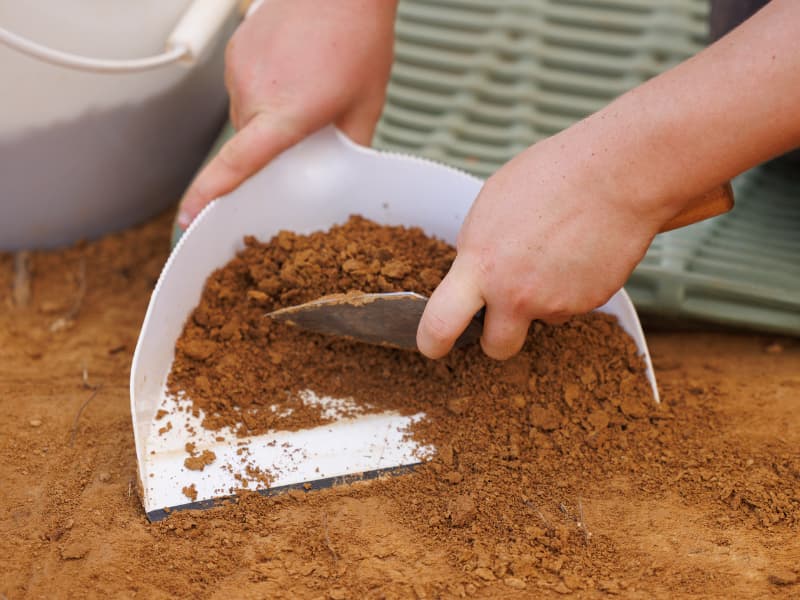
In addition to the field school scholars, Mack has been leading a team of several archaeologists who, last fall, began the exhumations that occupied the students as well.
Before their arrival, 66 graves had been uncovered after a road construction crew discovered a single pine coffin a decade ago. Archaeologists at MSU have analyzed those remains which represent burials from the early 20th century.
“We’re finding more and more buttons in these older, 19th century graves,” Mack said, “and a large variety of them, indicating that the people were probably buried in their own clothes, rather than in hospital gowns or shrouds.”
Brittany Brown, for one, was struck by the buttons’ brilliance. “They’re very pristine and gorgeous,” said the Gulfport native, a third-year MSU graduate student and the field school’s teaching assistant. “I wasn’t expecting to see these colors.”
In at least one grave, blue buttons are scattered among several white ones, appearing unspoiled despite being interred, possibly, as far back as Abraham Lincoln’s presidency. The buttons’ composition is the key, Mack said.
“They were made from a high-temperature, fired ceramic. They were common buttons until plastic replaced them.”
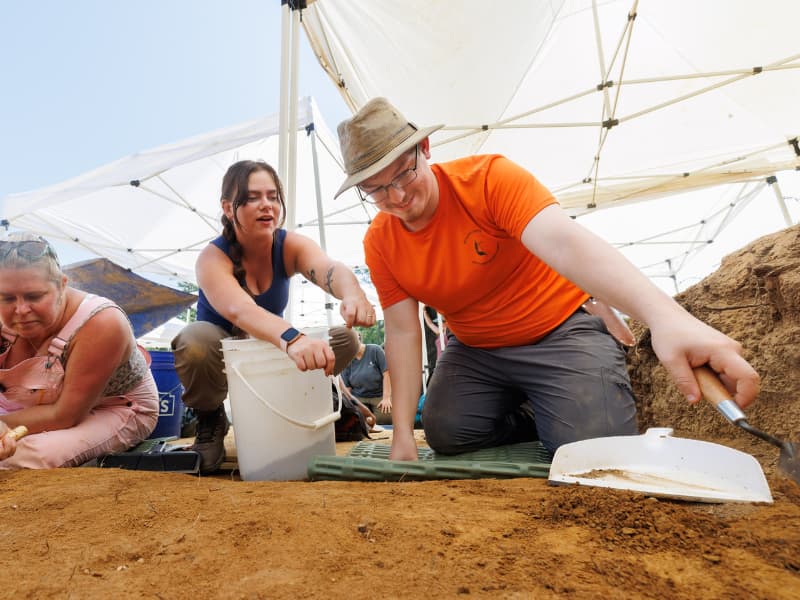
Brown, who is studying bioarchaeology and forensics, has been part of a field school before, but “it did not involve human remains,” she said. “Doing this here has helped me expand my teaching skills. This is what I want to do for the rest of my life.”
Aiden Lewis, too, was surprised at what the graves revealed. “Some remains were well-preserved, which shows you how resilient the human body is,” he said.
Lewis, who grew up in Pearl, is an undergraduate at Millsaps College, whose faculty member, Dr. George Bey, professor of anthropology, serves as director of educational outreach for the Asylum Hill Project.
Millsaps is also the place where the field school students were housed and where Lewis is majoring in both anthropology and classical civilization with a minor in archaeology.
“I want to learn how people used to live,” he said. “And, here, [I’ve also been] able to see how death was seen in the South during their time, and at an institution so important to our history.”
That institution, UMMC, is, through the Asylum Hill Project, documenting personal items discovered in the graves and placing them and the human remains in a lab located near the UMMC Cemetery. Everything is cleaned and stored in the lab, awaiting a full analysis until the excavations end.
Afterward, UMMC officials will reclaim burial land for potential development. Meanwhile, a memorial to the patients is in the works, as is the creation of a permanent resting place for those who could not be positively identified and returned to their families for reburial.
“[We’ve been] as respectful as we could be,” Brown said, “and I hope that in doing this, with the families’ knowledge and permission, it helps them have more closure.
“Telling stories of the people like those here will help show that they are the same as people living today. We all have our quirks, we all have jokes, we all need food.
“And to have something like this that helps us connect with the community, I believe, is wonderful.”


